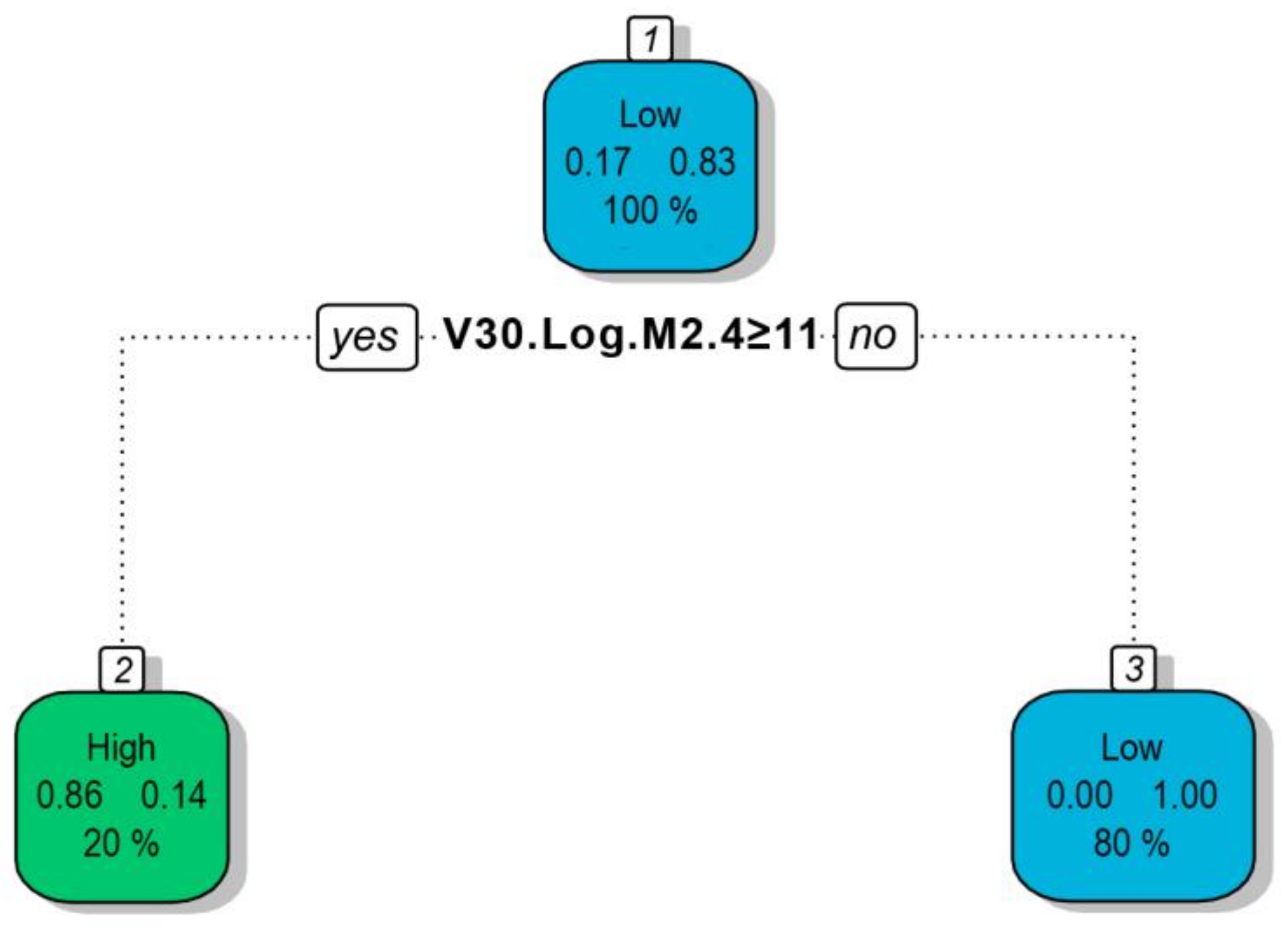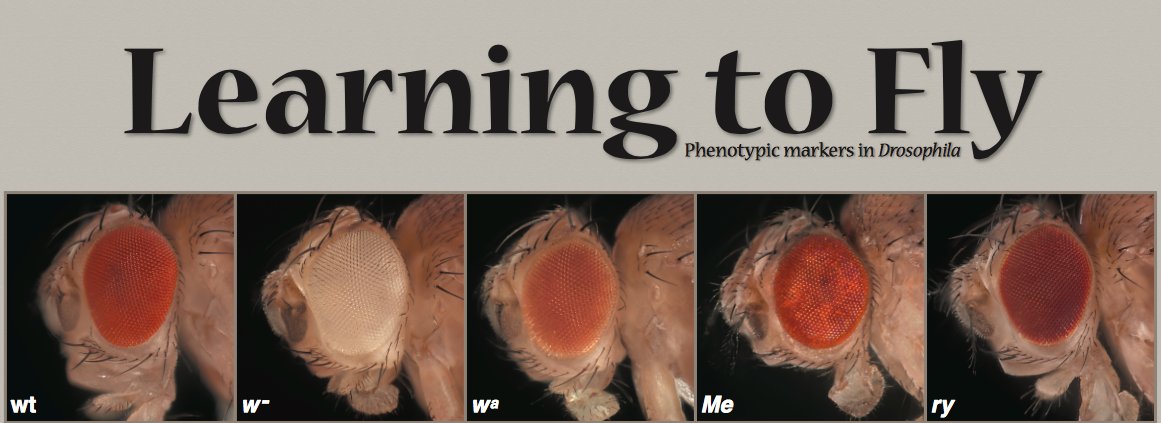Students' performance in interactive environments: an intelligent model [PeerJ]
Por um escritor misterioso
Last updated 06 julho 2024
![Students' performance in interactive environments: an intelligent model [PeerJ]](https://dfzljdn9uc3pi.cloudfront.net/2023/cs-1348/1/fig-1-full.png)
Modern approaches in education technology, which make use of advanced resources such as electronic books, infographics, and mobile applications, are progressing to improve education quality and learning levels, especially during the spread of the coronavirus, which resulted in the closure of schools, universities, and all educational facilities. To adapt to new developments, students’ performance must be tracked in order to closely monitor all unfavorable barriers that may affect their academic progress. Educational data mining (EDM) is one of the most popular methods for predicting a student’s performance. It helps monitoring and improving students’ results. Therefore, in the current study, a model has been developed so that students can be informed about the results of the computer networks course in the middle of the second semester and 11 machine algorithms (out of five classes). A questionnaire was used to determine the effectiveness of using infographics for teaching a computer networks course, as the results proved the effectiveness of infographics as a technique for teaching computer networks. The Moodle (Modular Object-Oriented Dynamic Learning Environment) educational platform was used to present the course because of its distinctive characteristics that allow interaction between the student and the teacher, especially during the COVID-19 pandemic. In addition, the different methods of classification in data mining were used to determine the best practices used to predict students’ performance using the weka program, where the results proved the effectiveness of the true positive direction of functions, multilayer perceptron, random forest trees, random tree and supplied test set, f-measure algorithms are the best ways to categories.
![Students' performance in interactive environments: an intelligent model [PeerJ]](https://dfzljdn9uc3pi.cloudfront.net/2023/cs-1256/1/fig-2-full.png)
A novel intelligent agent-based framework for appropriate stream selection from perceptive of career counseling [PeerJ]
![Students' performance in interactive environments: an intelligent model [PeerJ]](https://media.springernature.com/m685/springer-static/image/art%3A10.1186%2Fs12909-022-03777-x/MediaObjects/12909_2022_3777_Fig1_HTML.png)
A comparative analysis of the impact of online, blended, and face-to-face learning on medical students' clinical competency in the affective, cognitive, and psychomotor domains, BMC Medical Education
![Students' performance in interactive environments: an intelligent model [PeerJ]](https://pubs.acs.org/cms/10.1021/acsbiomaterials.3c00283/asset/images/acsbiomaterials.3c00283.social.jpeg_v03)
Layer-by-Layer Analysis of In Vitro Skin Models
![Students' performance in interactive environments: an intelligent model [PeerJ]](https://www.csbj.org/cms/attachment/9a5cf6eb-a05d-4750-86d9-1edd9cd79181/ga1_lrg.jpg)
ProtInteract: A deep learning framework for predicting protein–protein interactions - Computational and Structural Biotechnology Journal
![Students' performance in interactive environments: an intelligent model [PeerJ]](https://dfzljdn9uc3pi.cloudfront.net/2023/cs-1575/1/fig-4-full.png)
The evaluation of university management performance using the CS-RBM algorithm [PeerJ]
![Students' performance in interactive environments: an intelligent model [PeerJ]](https://www.frontiersin.org/files/Articles/1199038/fpsyg-14-1199038-HTML-r1/image_m/fpsyg-14-1199038-g001.jpg)
Frontiers Exploring female students' perceptions of the use of digital technologies in managing academic stress
![Students' performance in interactive environments: an intelligent model [PeerJ]](https://www.researchgate.net/publication/363692390/figure/fig2/AS:11431281091325537@1666377018215/System-model-Full-size-DOI-107717-peerj-cs11011101-fig-2.png)
System model. Full-size DOI: 10.7717/peerj-cs.11011101/fig-2
![Students' performance in interactive environments: an intelligent model [PeerJ]](https://media.springernature.com/full/springer-static/image/art%3A10.1038%2Fs41467-022-27980-y/MediaObjects/41467_2022_27980_Fig1_HTML.png)
Perspectives in machine learning for wildlife conservation
![Students' performance in interactive environments: an intelligent model [PeerJ]](https://wires.onlinelibrary.wiley.com/cms/asset/bd3ff877-0fe4-4d27-a852-e6737b1debf1/widm1487-toc-0001-m.jpg)
Review of artificial intelligence‐based question‐answering systems in healthcare - Budler - 2023 - WIREs Data Mining and Knowledge Discovery - Wiley Online Library
![Students' performance in interactive environments: an intelligent model [PeerJ]](https://www.tandfonline.com/cms/asset/adeb6c15-1cec-4162-93e5-77148a48ce97/tabe_a_2278447_uf0001_oc.jpg)
Full article: The influence of material and spatial size on indoor environment preference evaluation
Recomendado para você
-
 Tay Training Seu Programa de Treinos Online06 julho 2024
Tay Training Seu Programa de Treinos Online06 julho 2024 -
 Tay Training: Personal Online - Taymila Miranda06 julho 2024
Tay Training: Personal Online - Taymila Miranda06 julho 2024 -
tay training treino em casa|Pesquisa do TikTok06 julho 2024
-
 Tay Training06 julho 2024
Tay Training06 julho 2024 -
Esse sem dúvida é um dos assuntos mais pedidos aqui, divisão de treinos. Quer dizer que essa é a única forma de montar um treino? Claro que não, mas com o06 julho 2024
-
 tay training alongamento06 julho 2024
tay training alongamento06 julho 2024 -
 Illinois outlasts No. 7 Penn State in record-breaking nine overtimes – NBC Sports Chicago06 julho 2024
Illinois outlasts No. 7 Penn State in record-breaking nine overtimes – NBC Sports Chicago06 julho 2024 -
 Education Sciences, Free Full-Text06 julho 2024
Education Sciences, Free Full-Text06 julho 2024 -
 Full article: A review of cutting tools for ultra-precision machining06 julho 2024
Full article: A review of cutting tools for ultra-precision machining06 julho 2024 -
 Congress-Family_Medicine-EDM_blast1.jpg06 julho 2024
Congress-Family_Medicine-EDM_blast1.jpg06 julho 2024
você pode gostar
-
/i.s3.glbimg.com/v1/AUTH_08fbf48bc0524877943fe86e43087e7a/internal_photos/bs/2021/f/a/Y5rfbaSAAWsXCMsgCYdQ/2015-04-20-eurotrucksimulator2-capa.jpg) Euro Truck Simulator 2: como jogar online no simulador de caminhão06 julho 2024
Euro Truck Simulator 2: como jogar online no simulador de caminhão06 julho 2024 -
Through The Wood Signs06 julho 2024
-
Spin Master Toys Gabby's Dollhouse Gabby Girl - Shop Action Figures & Dolls at H-E-B06 julho 2024
-
 UGC Connected Items, (Sets, Item Bundles, etc) - Website Features - Developer Forum06 julho 2024
UGC Connected Items, (Sets, Item Bundles, etc) - Website Features - Developer Forum06 julho 2024 -
 HEHEHEHA 💀 #clashroyale #foryou #clashtokers #clash #viral #fyp06 julho 2024
HEHEHEHA 💀 #clashroyale #foryou #clashtokers #clash #viral #fyp06 julho 2024 -
 Richard Behringer on X: You can download FREE #Drosophila poster06 julho 2024
Richard Behringer on X: You can download FREE #Drosophila poster06 julho 2024 -
 Babbo Natale o di nonno gelo con un sacco di doni sulla neve contro il cielo, 3d Foto stock - Alamy06 julho 2024
Babbo Natale o di nonno gelo con un sacco di doni sulla neve contro il cielo, 3d Foto stock - Alamy06 julho 2024 -
 Western union hi-res stock photography and images - Alamy06 julho 2024
Western union hi-res stock photography and images - Alamy06 julho 2024 -
 This is the same person Shaving and makeup stream06 julho 2024
This is the same person Shaving and makeup stream06 julho 2024 -
![Desenho de pinto animal galinha [download] - Designi](https://www.designi.com.br/images/preview/10254796.jpg) Desenho de pinto animal galinha [download] - Designi06 julho 2024
Desenho de pinto animal galinha [download] - Designi06 julho 2024



